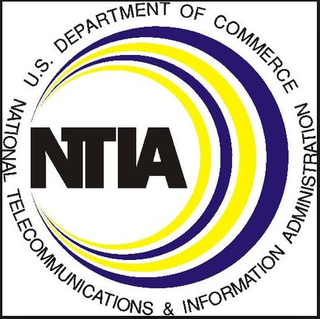WISPA to NTIA: Think Small and Rural
The Wireless Internet Service Providers Association says that a national spectrum plan must take into account the importance of smaller players on the front lines of closing the rural digital divide.

That came in its comments to the National Telecommunications & Information Association on the Trump Administration call for such a plan.
WISPA offered up three key parts of the plan:
1. The government should declare that new spectrum is the fastest way to get broadband for rural areas.
2. The country must balance unlicensed and licensed spectrum, geographic sharing, and both fixed and mobile.
3. Smaller providers—like WISPA members—should have access to licensed spectrum, including through smaller license areas and buildout requirements that incentivize rural deployment.
WISPA had a bone to pick with the feds over spectrum sharing: "WISPA has been involved with Federal stakeholders in connection with purported interference at Patrick Air Force Base near the Cape Canaveral launch site," it told NTIA. "In WISPA’s experience, the governmental interests have taken heavy-handed approaches with broadband providers and have been unwilling to provide private industry with certain information that could be used to effectively analyze and resolve problems in an efficient and reasonable manner."
Multichannel Newsletter
The smarter way to stay on top of the multichannel video marketplace. Sign up below.
Some have argued that federal agencies might need financial incentives to become more flexible about letting others share their spectrum.
And while the race to 5G was one of the goals the President made explicit, WISPA suggested that the government take a broader view. "While 5G (however defined) may be an important policy objective, Federal policy also should not forget those that have “no G” – the millions of rural Americans who lack access to terrestrial broadband service – and mid-band spectrum is the Holy Grail."
Contributing editor John Eggerton has been an editor and/or writer on media regulation, legislation and policy for over four decades, including covering the FCC, FTC, Congress, the major media trade associations, and the federal courts. In addition to Multichannel News and Broadcasting + Cable, his work has appeared in Radio World, TV Technology, TV Fax, This Week in Consumer Electronics, Variety and the Encyclopedia Britannica.

